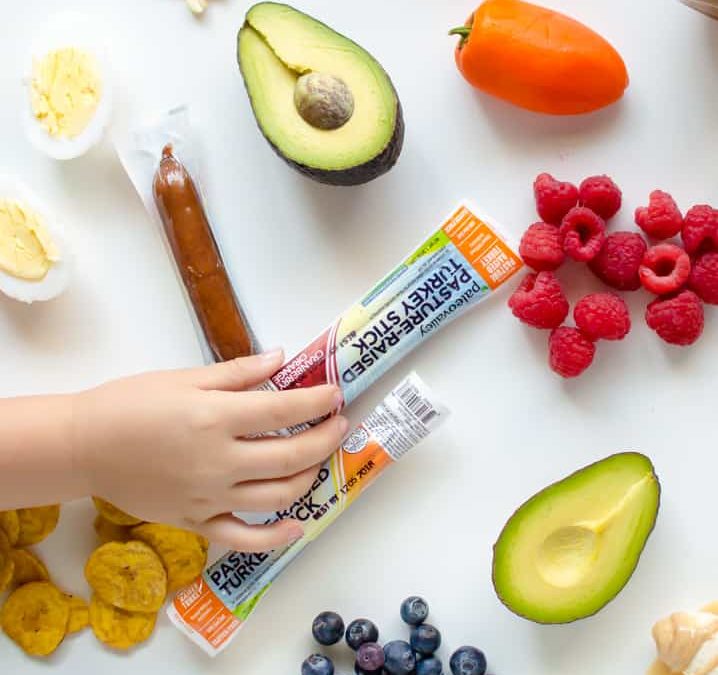It can be a challenge to encourage kids to eat a healthier diet, to stay the least. The food industry markets the unhealthy stuff directly to them. Newsflash… Cinnamon Toast Crunch is NOT part of your complete breakfast! It’s not uncommon for young kids to be hesitant about new foods. If you happen to have a child with special needs or sensory issues, the challenge can be that much greater. Here are some of my simple recommendations for encouraging your child to eat more of a whole food diet.
1. Get kids to help in the kitchen
The more they handle the food and are aware of how food is prepared, the more they are likely to eat it. You are also teaching them important life skills and giving them an accomplishment to feel proud about.
2. Start a veggie or herb garden with your kids
Research shows that children who grow their own vegetables are five times more likely to eat them.
3. Remember it’s normal to be wary of new foods
Food neophobia (or the reluctance to try new foods) emerges typically in early childhood (ages 3-5) and can impact the foods a child will accept and tolerate. This is normal!
4. Switch out processed foods for healthy but similar alternatives
If your child likes potato chips (poor in fiber and rich in hydrogenated fats), switch them out for organic plantain chips cooked in coconut oil. If your child likes gummy candy (full of cane sugar and colorings), switch them out for home made grass-fed gelatin gummies made with organic fruit juice. Options abound!
5. Exposure… put it on the table or on their plate without requirement
The more you expose a child to new foods, the more they become a part of the mealtime routine. Over time, your child may feel encouraged to try them.
6. Focus on exploring food rather than eating it right away
Research demonstrates that hands-on activities with unfamiliar fruits and vegetables can enhance children’s willingness to taste these foods. Perhaps they look, listen, smell, and feel foods before actually eating them?
7. Start with small portions
This can help the child to feel less overwhelmed. If they try a food and like it, they can ask for more.
8. Model the behavior you want to see
I can guarantee that if your child regularly sees you eating fresh fruits and veggies and quality proteins, they will be more likely to eat them too! Consequently, if there are foods that you don’t want your kids eating, then they shouldn’t be in the house for you to eat either.
9. Describe foods (color, texture, flavor, etc)
As you are modeling healthy eating behavior, it can be helpful to describe the flavors and textures that you are experiencing. This can help to reduce some of the anxiety a child may be feeling around trying new foods.
10. Let them be hungry for meals
It is important to limit all day snacking and grazing. Having a set schedule for meals and snacks, ensures the they child will be hungry enough for the meal. If they know that they can refuse dinner, but get a snack ten minutes later then the motivation to eat will be lost. Try not to let kids fill up on milk either. Provide only water between meals.
11. Reinforce attempts and small approximations toward an end goal
You might initially have to praise the child just for touching, smelling, licking, or biting a food (even if they spit it out). What is important is that they tried it!
12. Help to connect positive energy and mood with healthy foods and poor energy and mood with processed foods
I teach my daughter that there are no “good” or “bad” foods. There are just foods that are more health promoting than others. I don’t deny her candy or treats (let’s be real, she’s going to have that stuff as she gets older and goes to birthday parties and the like). But, when she is feeling unwell after eating it, I help her to connect the way she is feeling with the foods she ate. We talk often about how treats are yummy but that we only eat them once in a while so we can stay energized and tummy ache free!
13. Remember to keep trying!
You’re doing great Mom and Dad!



Recent Comments